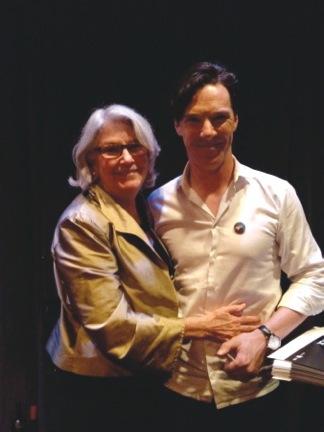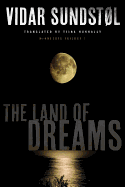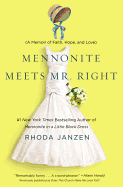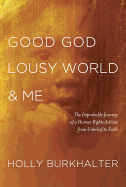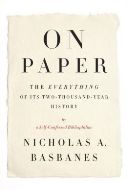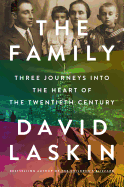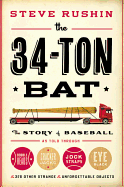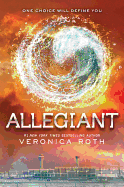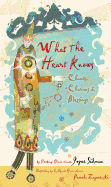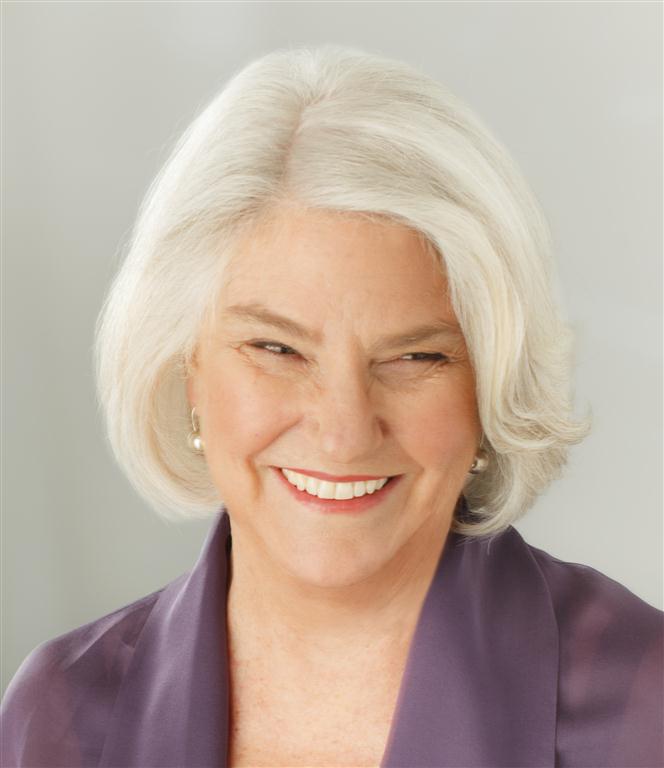 |
| photo: WGBH |
As the executive producer of PBS's Masterpiece series, Rebecca Eaton has been offering American audiences delicious doses of British drama and mysteries--classic and contemporary--for almost three decades.
For Masterpiece addicts, you've long been the wizard behind the scenes, the executive producer making sure we had our Sunday night drama fix. Is it odd now for you to be talking about yourself and your new memoir?
Very. I've always been fascinated with people who are out there and up front, particularly actors. Now all of a sudden, it seems to be my turn. It's a little nerve-racking because I'm a fairly private person--my favorite day is being at home reading a book and just puttering around--and to write a memoir is to say "Look at me!" It's kind of uncomfortable, but I also like it. So paging Dr. Freud....
Yours is a tale of a solitary bookworm who by happenstance--a college program that led to a BBC apprenticeship in 1969--finds her calling in public broadcasting. You were initially in documentaries, then in 1984, when Masterpiece Theatre's producer Joan Wilson fell ill, you were auditioned for that role. At first you didn't think you'd be right for it. Why?
When you produce and direct documentaries, lots of people are involved, of course, but it's your vision. I thought that was real work and a management job would be dull. And I didn't have much experience in drama production. So Henry Becton took quite a risk in hiring me, and little did he know that I hadn't actually watched all that much of Masterpiece Theatre! Then of course the frosting on the cupcake was that I turned out to be pregnant. Whether he went home and yelled in the shower, I don't know. Anyway, it seems to have worked out.
Thanks to books like Lean In, there's been a great deal of discussion of late about women finding the ideal work/family balance. Was this possible for you?
Well, I leaned in, and a couple of times I fell over. It's hard. It's really hard for an older mother, which I was, in a profession like television. I still don't really know if I balanced work and family correctly. It happens to be a really sweet time now for me because Masterpiece is very healthy, but you'd have to talk to my daughter. She's quite outspoken about what it was like to be leaned in on--leaned over.
Even a dream job in the arts can have its less-than-pleasant realities. A huge one was when Mobil withdrew its longtime, mostly benevolent sponsorship of Masterpiece.
Mobil had been the largest single corporate sponsor in PBS. They had been there for years. They had put nearly a quarter of a billion dollars into the show and the publicity. We had had intimations that this was coming, but when it did, my first reaction was, "This is Masterpiece, we'll be fine." Its profile was very high. But it turned out we weren't fine for quite a few years--head-scratchingly not fine. We couldn't figure out why another corporate sponsor didn't immediately snap it up because the series was so iconic. It was a long, fallow time, and then things began to look up.
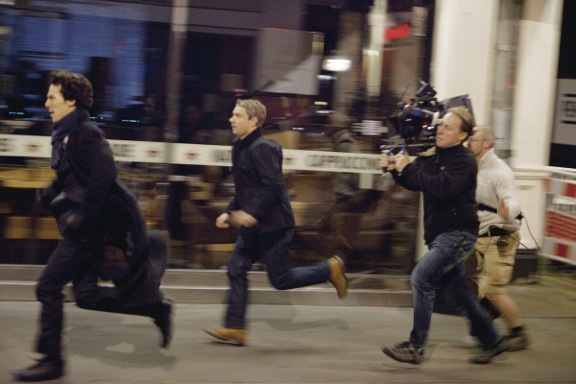 |
| Sherlock Holmes (Benedict Cumberbatch) and Dr. Watson (Martin Freeman) pursued by cameraman Steve Lawes. (Photo c. Hartswood Films) |
You describe a brief but devastating set-to with a Mobil executive who had rather a lot of "editorial suggestions."
It's still very vivid to me. When you write a memoir, there are things that you have to talk about because they had such impact on you personally. And I think it fits into the larger picture because maintaining editorial integrity and yet keeping sponsors close and happy is a fact of life in public television--and it's a tricky business.
I can imagine Making Masterpiece being used in business courses and film schools, not least because it's very much about reinvention. How did Masterpiece get its groove back?
The thought that this book might be used in a business course strikes me as alarming because I so didn't know what I was doing at the time. All I knew was that I loved Masterpiece and it was fading away. I was in charge of it, and I felt a terrific urgency to get it on its feet. I then kind of stumble-bummed through the process with some angels who came my way: the Corporation for Public Broadcasting believed in Masterpiece. And then Bob Knapp, a solo practitioner in the branding field, completely got what we needed to do: to make Masterpiece appeal to a younger audience without alienating loyal fans and without any smoke and mirrors. He was a gift. And then I would credit Gillian Anderson, who came in as the first host. She drew the spotlight, and attention was paid. She delivered.
Throughout Making Masterpiece, you occasionally hand the floor over to your colleagues--to Gillian Anderson, Kenneth Branagh and other actors, and to Downton creator Julian Fellowes, for example. What led you to do so?
Well, I couldn't believe anyone would want to know more about me. Wouldn't they rather read about Downton Abbey? Would they want to hear about my personal struggles or would they want to know something about Benedict Cumberbatch? And I loved going around and interviewing these people and finding out their behind-the-scenes stories.
Is there anything better than Eileen Atkins's account of Judi Dench "always organizing games on the set"--and her salutary mention that "Judi won't have two minutes of gossip"?
We sat in her dressing room between a matinee and an evening performance in London, and Eileen is a wonderful storyteller. I'd love to do an Eileen Atkins book.
Fingers crossed that you'll find the time, but if anything, it seems your job has grown more all-consuming over the years.
Well, it's harder in some ways and easier in others. It's harder because of the huge volume of stuff pouring out of my computer, my iPad and my phone. It can swamp you, and I need to keep my eye on the programming ball. But it is so much easier to have a couple of hit shows like Sherlock and Downton Abbey than to be struggling to find good material. It is so much better to have very generous, satisfied partners like Viking River Cruises and Ralph Lauren and the members of the Masterpiece Trust than to be without sponsors, as we were for years, and with PBS beginning to wonder, Why are we doing all this British drama? So the paperwork, the busyness, these are good problems to have. There is so much drama around now--good drama, adult drama, period drama--that the pipeline is gushing.
 |
|
Eaton with John Updike (photo courtesy WGBH)
|
You also describe the heartbreak when projects fall through. Might there be some hope for those that fell through--for John Updike's Rabbit novels, for instance?
I recently wrote about adaptations that I wished would happen, never thought could happen and did, or wished hadn't happened for Random House's Word & Film site. And I put down some things that I would love to do if I ruled the world and robbed a bank--things I thought the producer Scott Rudin would probably end up doing, because he's ended up doing all the things I ever thought would be great. My last line was "Scott: Call me." And guess what, he did! He's very smart, has excellent taste, and he seems to know where the money is. Maybe I can use this whole book-publicity thing to reach out to executives who may or may not have previously returned my calls!
One last question: Have you taken the "Which Downton Abbey Job Is Right for You" quiz on your site?
I haven't. I kind of know who I am. I have a feeling that I'm Lord Grantham with a little bit of Matthew Crawley's mother, Isobel. They're a little bossy and idealistic--and irritating. --Kerry Fried
Rebecca Eaton: The Tricky Business of Public Television
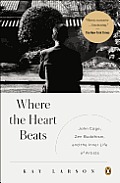 Kay Larson's Where the Heart Beats: John Cage, Zen Buddhism and the Inner Life of Artists (now in paperback) is an intriguing look at this extraordinary composer's life, but it is also about creativity, artistic exploration, spirituality, humor and much more. Of 4'33", Cage's legendary "silent piece," Larson writes: "The important thing about having done it, he said, 'is that it leads out of the world of art into the whole of life.' And so it does."
Kay Larson's Where the Heart Beats: John Cage, Zen Buddhism and the Inner Life of Artists (now in paperback) is an intriguing look at this extraordinary composer's life, but it is also about creativity, artistic exploration, spirituality, humor and much more. Of 4'33", Cage's legendary "silent piece," Larson writes: "The important thing about having done it, he said, 'is that it leads out of the world of art into the whole of life.' And so it does."


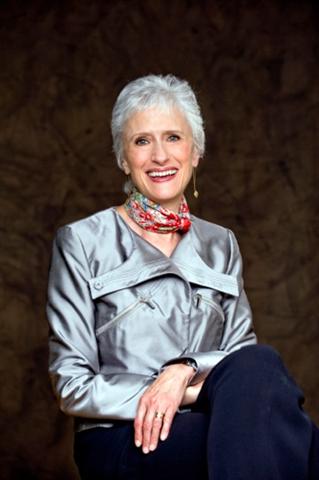
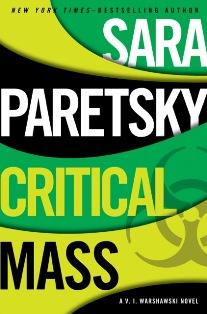 In the book, Vic has run-ins with Homeland Security agents who feel they have the right to invade people's homes, maybe even shoot them, and take whatever they want without a warrant. Was this an intentional parallel to what the Nazis did to Jews during World War II?
In the book, Vic has run-ins with Homeland Security agents who feel they have the right to invade people's homes, maybe even shoot them, and take whatever they want without a warrant. Was this an intentional parallel to what the Nazis did to Jews during World War II?

